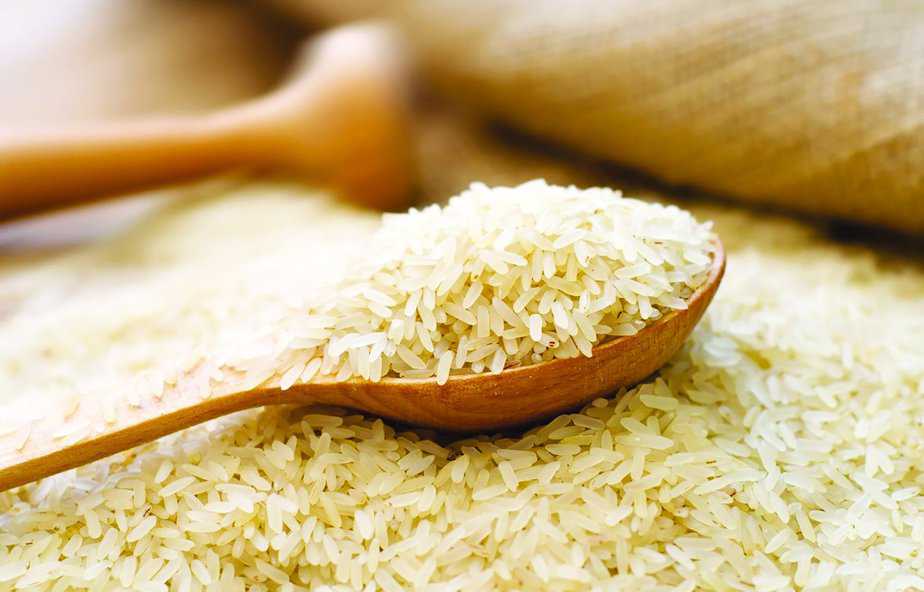INDIA’S MOST ‘BELOVED’ CROP, CAN DO MORE THAN JUST SATISFY YOUR HUNGER. HERE’S WHY…
Rice is the number one staple crop of the world. It is consumed in various ways in different countries. It possesses nutrients, which are of vital importance to human beings. But generally, people are not aware of it and eat it just to satisfy their hunger.
Being the staple food of majority of Indian population, rice is the most important crop of India, occupying 23.3 % of the total area in our country. It contributes 43 % of total in food grain production and 46 % of total cereal production. It continues to play a vital role in the national food grain supply.
Rice is generally known to have relatively high glycemic index (GI) compared to other starchy foods. It ranges from 54 to 121. The variation may be due to several factors like amylose/amylopectin ratio, granule size, crystalline pattern, degree of crystallinity, degree of polymerization, and non-starch components. The glycemic index of a variety is also dependent on amylose/ amylopectin molecular weight, chain length distribution, rapidly digestible starch (RDS), slowly digestible starch (SDS), and resistant starch.
Low glycemic index foods which have low digestibility will have higher content of slowly digestible starch and resistant starch. Glycemic load reflects both the quality and the quantity of dietary carbohydrates. Substituting brown rice for white rice increases the amount of fibre and other nutrients in our diet and may be healthier for consumption. The glycemic index of a food is different when eaten alone than it is combined with other foods.
When eating a high GI food, you can combine it with other low GI foods to balance the effect on blood glucose levels. Glycemic load (GL) measures the degree of glycemic response and insulin demand produced by a specific amount of a specific food. Glycemic load reflects both the quality and the quantity of dietary carbohydrates.
Although GI is a good guideline, it only measures the effect of a small amount of food, usually 50 g of carbohydrates, over a period of two hours. The glycemic load takes into account the GI of a particular food and also its portion size. The rationale is that a small amount of high GI food would have the same effect on the body as a larger amount of low GI food. The glycemic load is calculated by taking the GI of a food, multiplying it by the amount of carbohydrates in grams and dividing that number by 100.
Foods, mostly carbohydrate when ingested, are converted to glucose and absorbed in the blood. Level of glucose in the blood depends upon both on the quantity and quality of carbohydrate. The quality of carbohydrate is reflected by its glycemic index (GI) which indicates the post prandial glycemic response to a particular carbohydrate food.
The GI classifies carbohydrates as slow acting (low), moderate (medium) and quickly absorbed (high). Low GI foods are those measured 55 or less, medium- GI foods are those measured between 56 and 69 while high GI foods measure 70 and above. When food is measured to have a high GI, it is easily digested and quickly absorbed by the body. Always consumption of foods with high GI values is associated with the development of obesity, Type II diabetes, increased risk of cardiovascular diseases and certain forms of cancer.
For prevention and management of diabetes and other related problems, eating of food with low glycemic index value is recommended. For development of new low GI rice variety, knowledge of starch composition, physico-chemical properties, its relation with GI, and other related factors is very much desirable. The glycemic index is 44 for converted rice, 56 for long-grain white rice and 72 for short-grain white rice.
The glycemic index of brown rice is 55, putting it about equivalent to long-grain white rice. However, brown rice is a better food than white rice because of the additional fiber and nutrients it contains. Since a greater amount of fiber contributes to fullness, you may eat less and thus have a lower glycemic load from brown rice.
Low glycemic index foods (55 or less): 100% stone-ground whole wheat or pumpernickel bread, Oatmeal, muesli, Pasta, converted rice, barley, bulgar, sweet potato, corn, yam, peas, legumes and lentils, most fruits, non-starchy vegetables and carrots.
Medium glycemic index (56-69) food: Whole wheat, rye and pita bread, quick oats, brown, wild or basmati rice, couscous.
High glycemic index (70 or more) food: White bread or bagel, corn flakes, puffed rice, bran flakes, instant oatmeal, short grain white rice, rice pasta, macaroni and cheese from mix, pumpkin, rice cakes, popcorn, melons and pineapple.
Rice is not the diet villain as commonly thought. In fact, two types of rice – ‘Swarna’ and ‘Mahsuri’s – generally consumed by India’s middle classes have now been found to have the lowest glycemic index – below 55. The measure of its ability to raise blood sugar levels after eating is comparatively less, when compared with 233 other types of rice consumed around the world. Another favourite among Indians– Basmati, too fared well but figured in the medium Glycemic Index group (with GI levels above 60).
Thus, the Indians, especially the country’s 60 million strong diabetic population, need not worry about having rice in their diet. ‘Basmati’ rice has higher glycemic index than commonly consumed rice varieties in India like ‘Swarna’ and ‘Mahsuri’.
The Basmati showed a glycemic index of between 68 and 74, whereas other Indian varieties in India have below 60. This is better news, especially for non-Basmati consumers, which is the general middle class population.
The key gene that determines the Glycemic Index of rice, is an important achievement that offers rice breeders the opportunity to develop varieties with different glycemic index levels to meet consumer needs. Future development of low glycemic index rice would also enable food manufactures to develop new, low GI food products based on rice.





